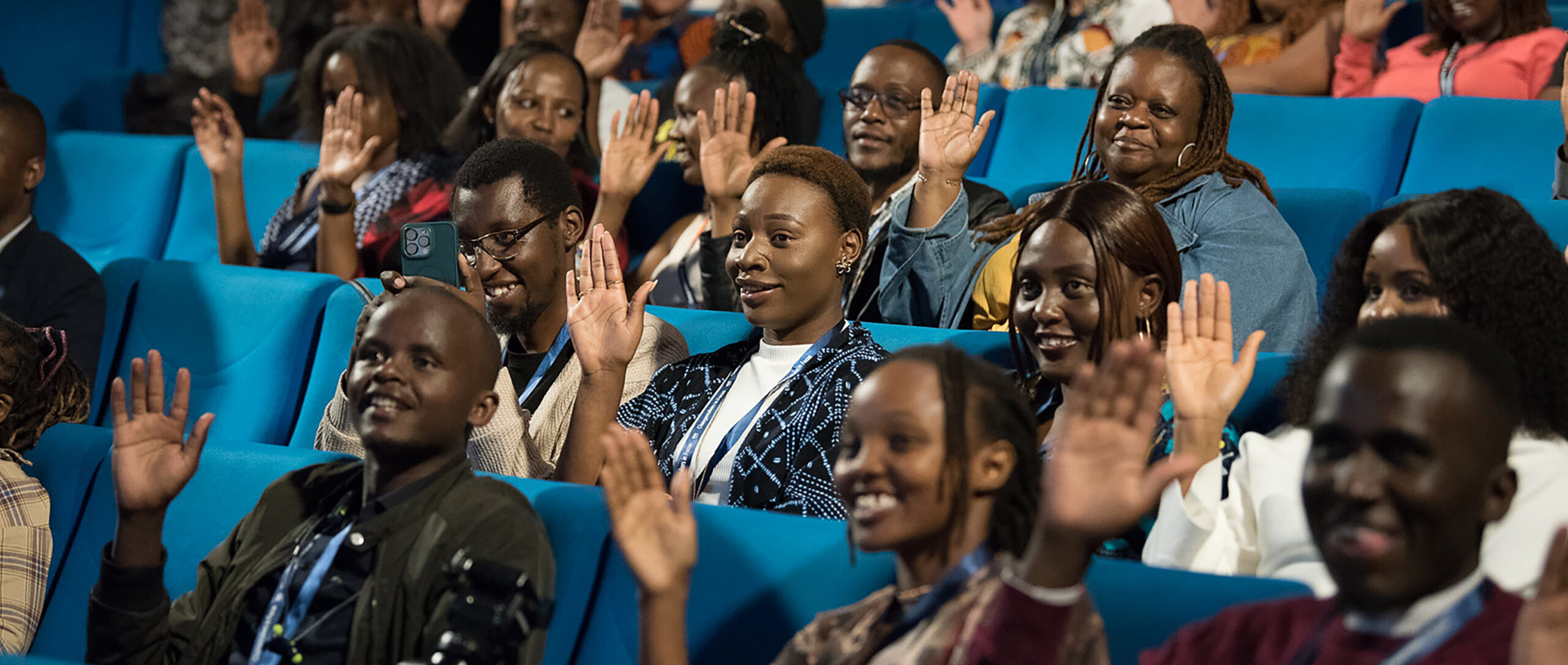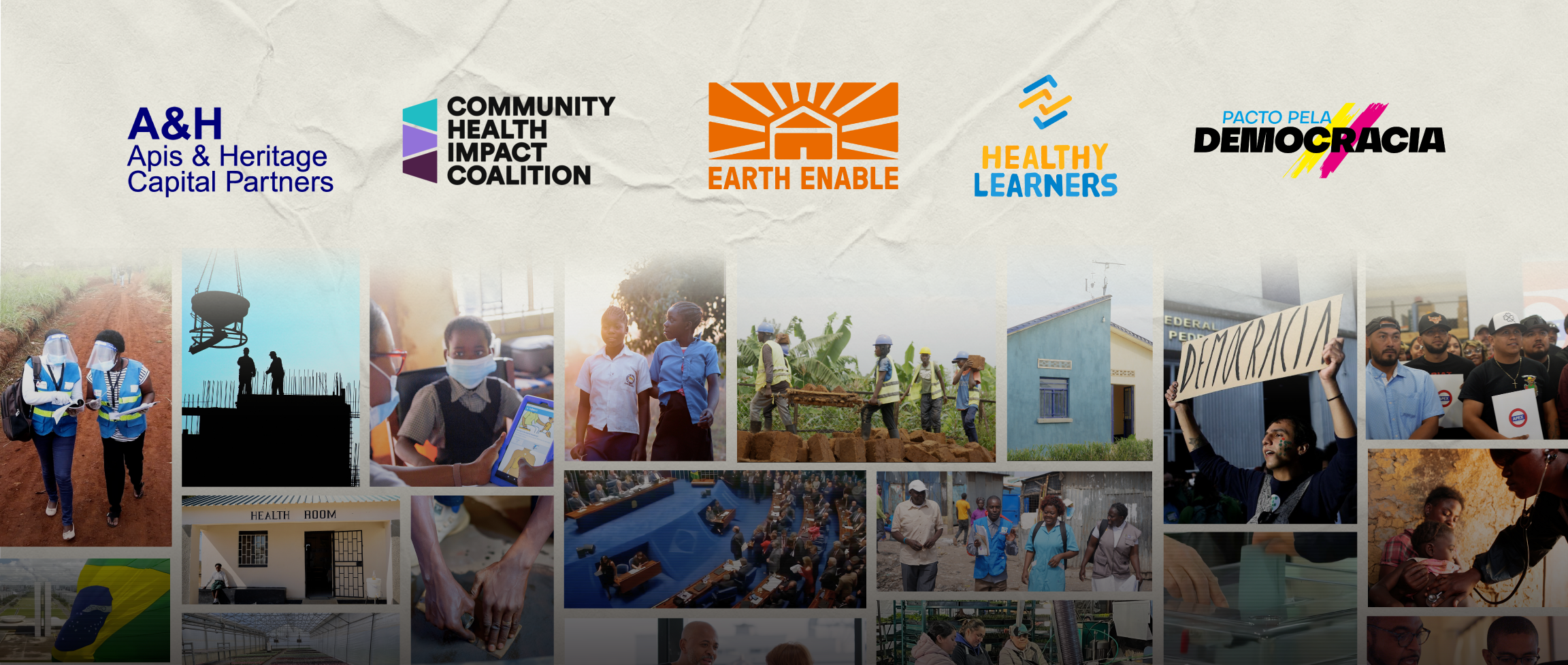Jim Fruchterman founded Benetech in 2000. Since then, his organization has been featured in numerous publications, such as Barron’s, The New York Times, and public radio station KQED.
At the recent Skoll World Forum, Jim sat down with Morgan Clendaniel, founding editor of Co.Exist (Fast Company’s innovation site), to share how to get media coverage. We covered excellent media-pitching tips from Morgan on the Skoll World Forum Online, which you can read here.
Today, we’re sharing nuggets from Jim’s experiences. We hope they inspire you!
“I’m a geek from Silicon Valley who writes software for disabled people and human rights groups,” Jim said at the start of the discussion, while introducing himself as moderator. “We’ve done press relations badly, and sometimes, well.”
Some insights from Jim:
1. Use different social media channels for different needs. “We run a web site that serves 350,000 students in the U.S. and we reach them through Facebook. When we are talking to journalists, we are doing it in Twitter. Our press releases are blog posts that we Tweet out and we reach narrow audiences. I will send a blog post to a congressional staffer or a donor.”
2. Share a story, not your model. “A lot of social entrepreneurs are proud of what we do, but the average person is very non-interested in our novel hybrid financing structure. They want to know, some young girl whose life was completely transformed by your intervention. That is the hook. Journalists want to know there is something real behind that, that this isn’t the one cherry-picked story that is the exception to all the rules.”
3. Ask your partners how they want to be portrayed. An audience member who works with an organization serving the homeless asked about sharing “non stereotypical” photos of homeless people. “The disability field is very sensitive to this,” Jim replied. “It’s called the ‘Jerry’s Kids Phenomenon, let’s show people photos of really obviously visually disabled kids and make people feel terrible about them.’ Most of us in the social enterprise field have the same attitude you do. We don’t do charity to the communities we work with. We work in partnership for social change. So what we do with our partners, is, how do you want to be portrayed in the media? We do walk away from stories that say things like, ‘This person’s life, benighted by blindness.’ Time out! We are talking about empowerment here. I want to hear a story about how this blind person volunteered to help other blind people and it’s great.’”
4. Think about small, specialty publications. “For example, we want to reach special education teachers. If we send a press release to Special Education Member Network, they will publish it. That’s not ‘real journalism’ that you just published a press release, but it is reaching the audience and taking advantage of the network.”
Jim also shared how media can help in more ways than one. In response to an audience question about motive, Jim gave four answers: “More social impact, policy change, reach more donors, and reach the people I want to help.”
“We don’t have an advertising budget, usually. So, often, the media is a cost-effective way to reach the community we want to help. We serve disabled kids; I can’t take an ad out in the New York Times. But if I get someone to write a story about a disabled kid who they never thought would graduate from high school but now got into college, then another parent will say, ‘why isn’t my kid getting that service? It’s free.’ But because it’s free, I can’t advertise.
…More of our mission is first. Yes, we want more donors, but …there are better ways to reach donors than to get most stories. But, a Fast Company, a New York Times, donors do read those outlets and they will share stories. A story in your local newspaper might help get a local philanthropist.
A lot of us are engaged in policy. Politicians care deeply about how interested the electorate is in an issue. When the Internet was shut down over bad laws in the U.S., we were 88 out of 90 organizations fighting it, but we had a story on how this kind of law was going to hurt disabled kids and human rights groups, as opposed to Google and the like, so our little voice was an important voice.”
Watch the entire session above.


